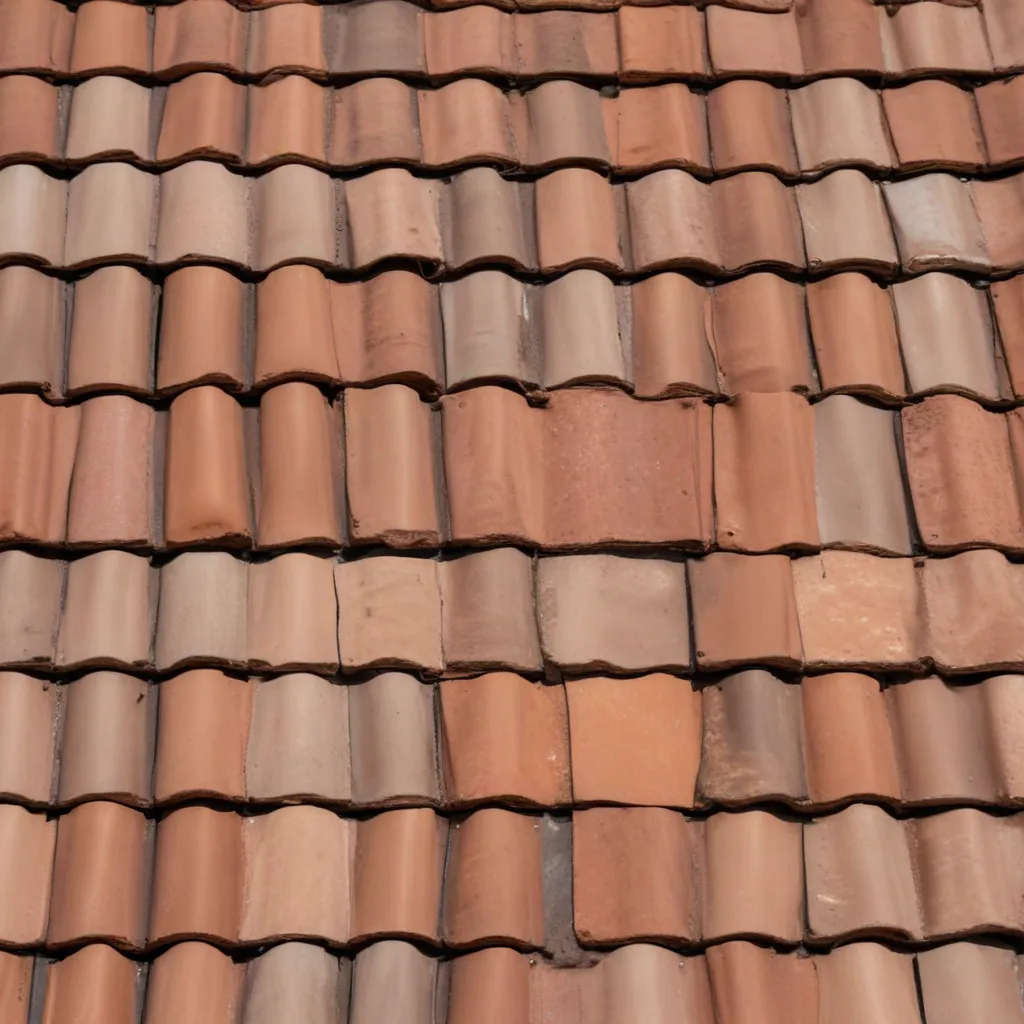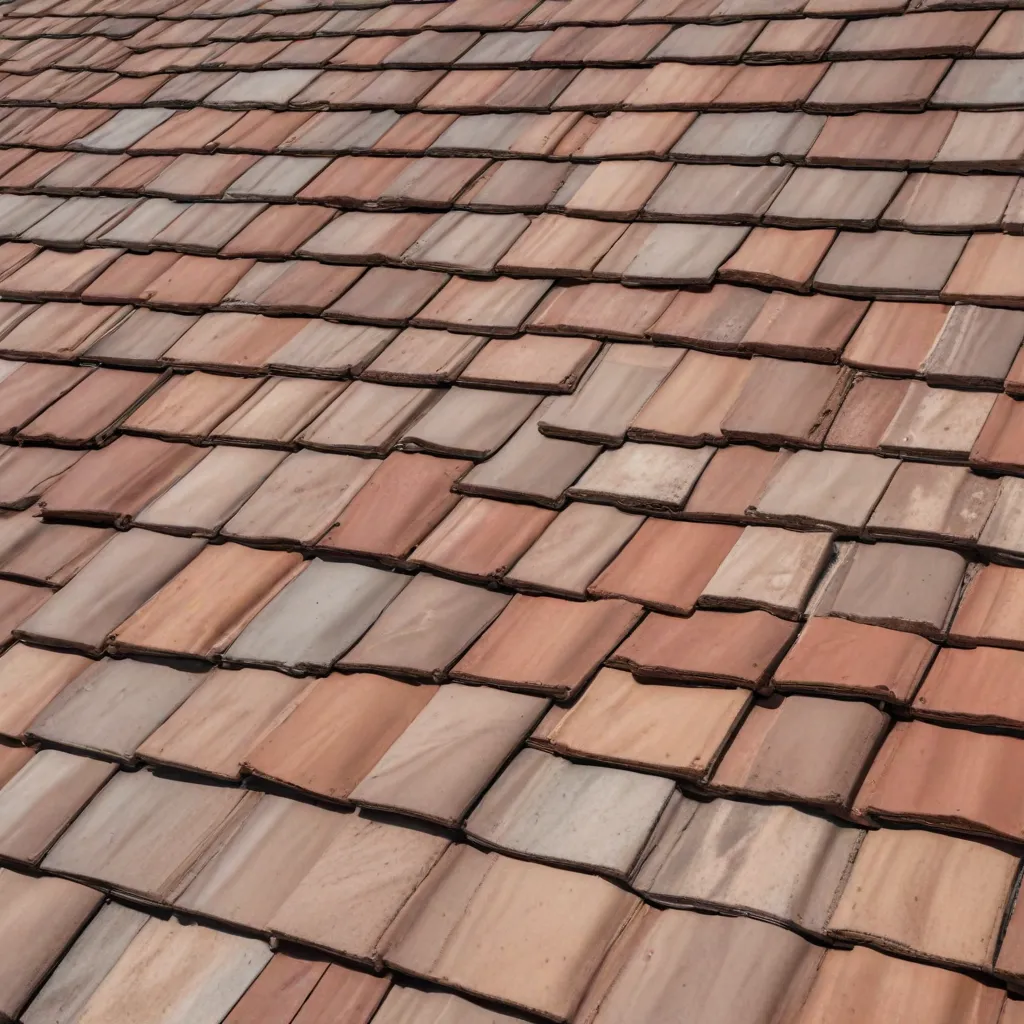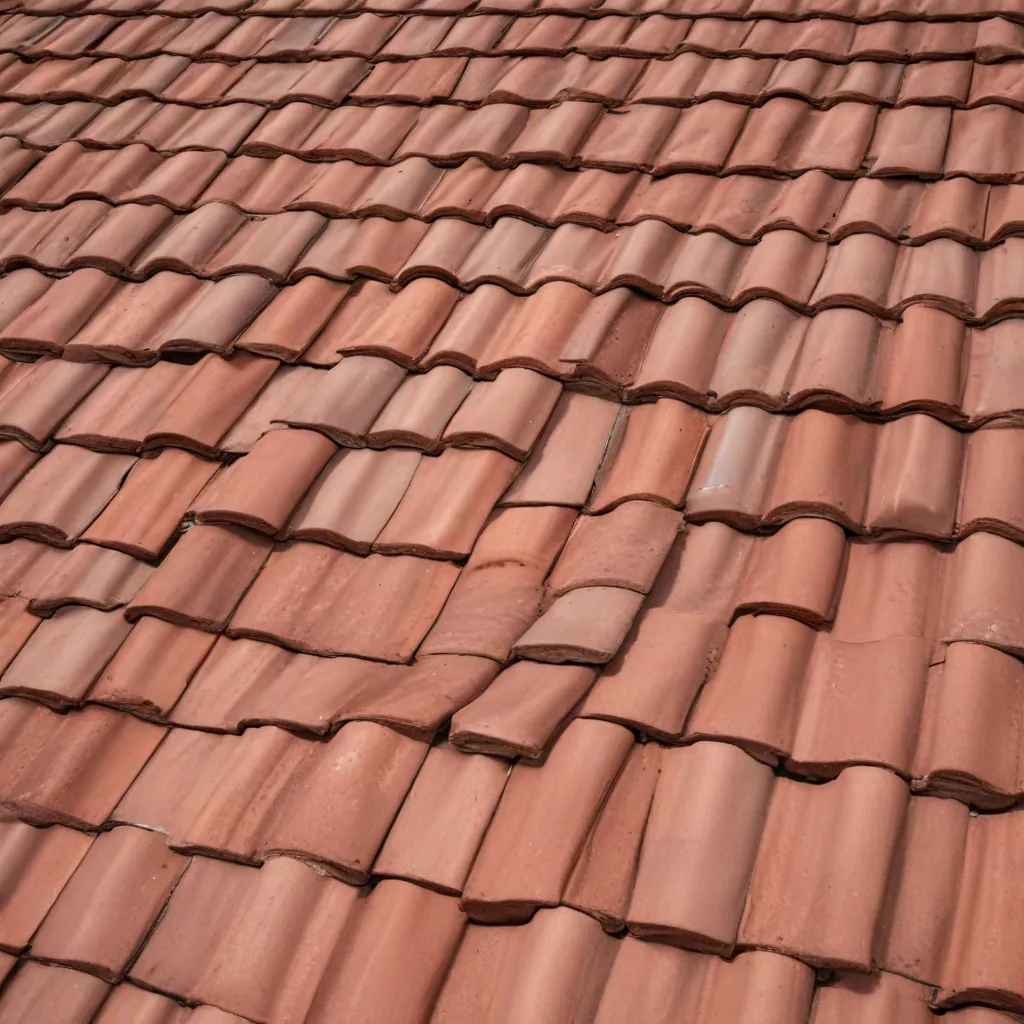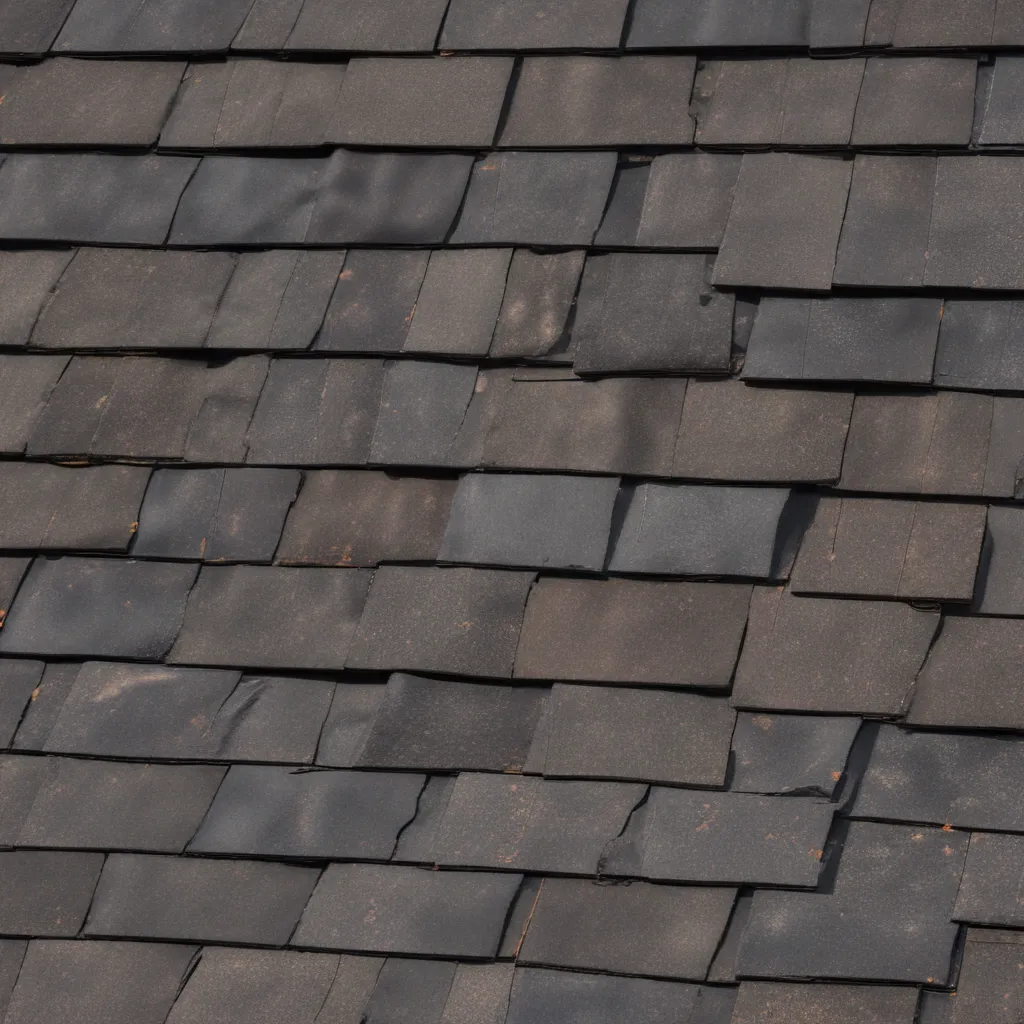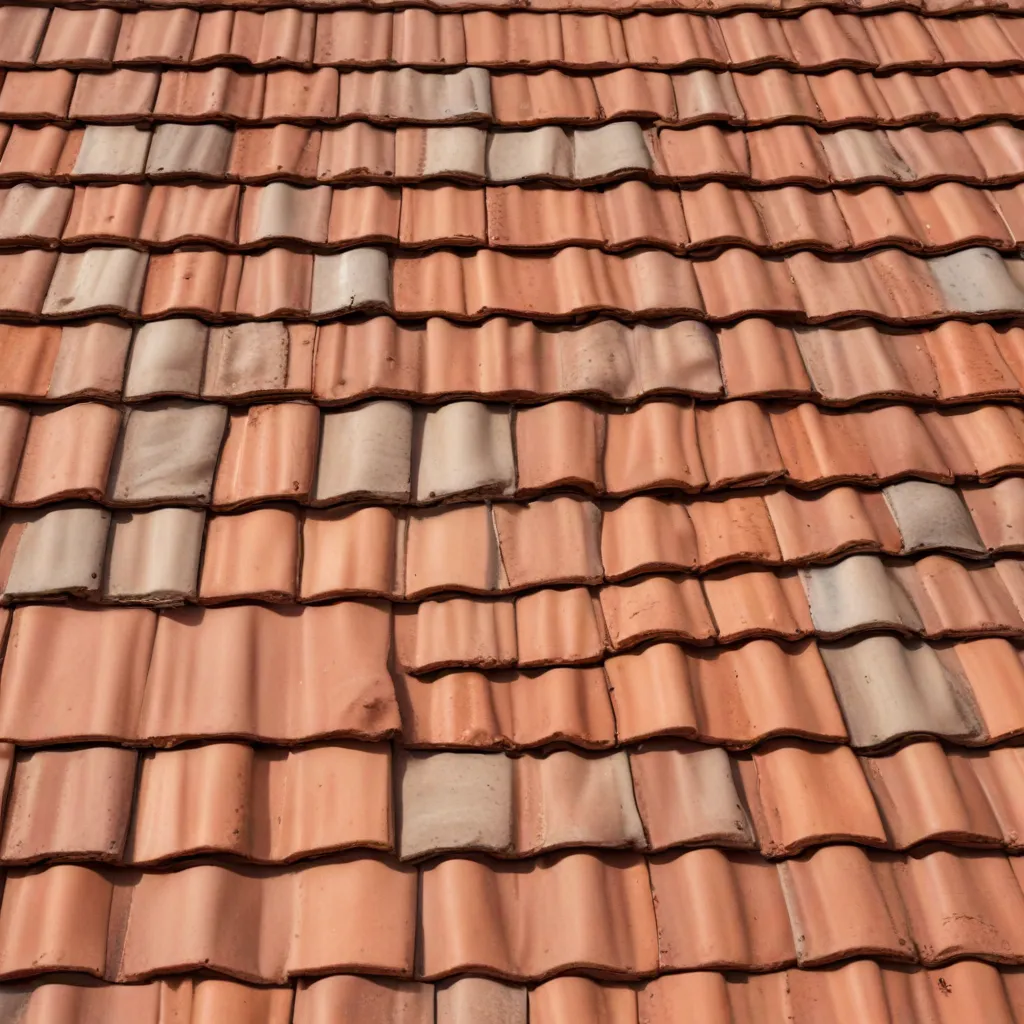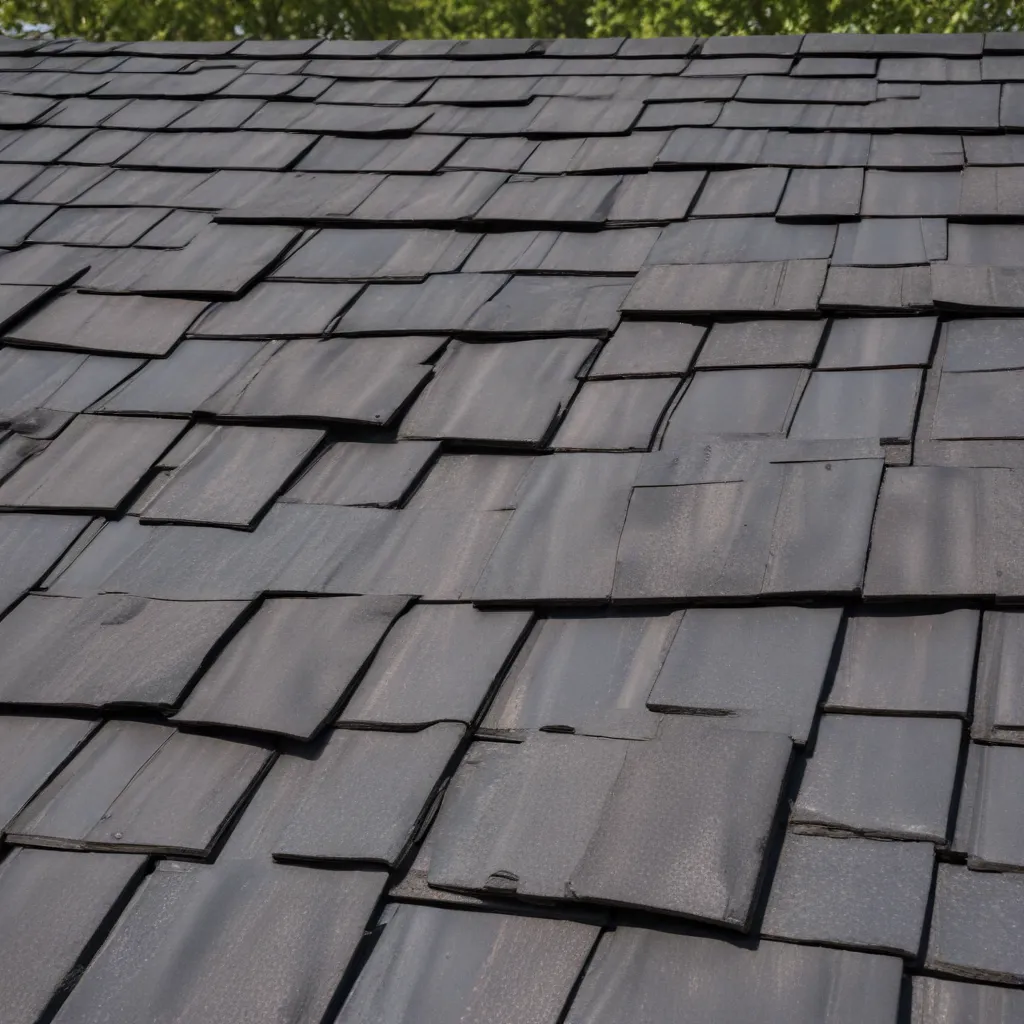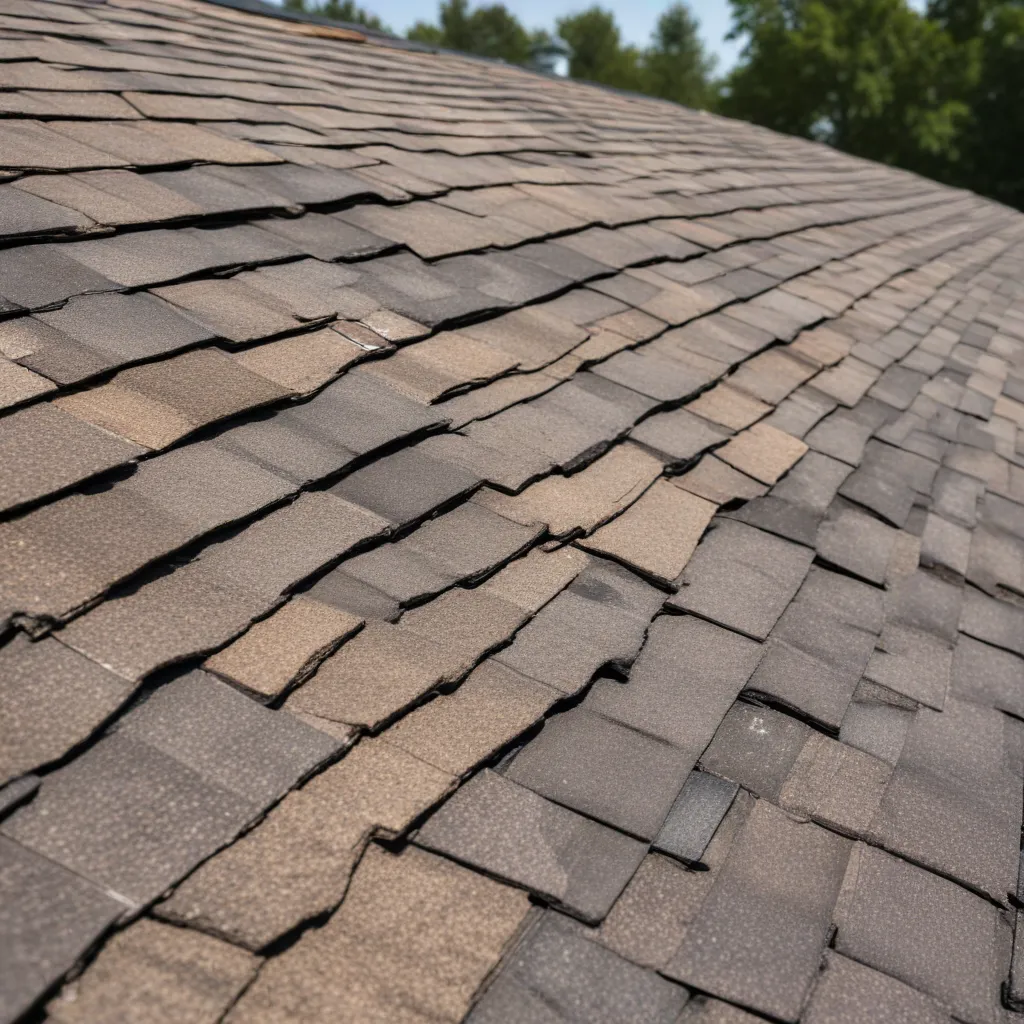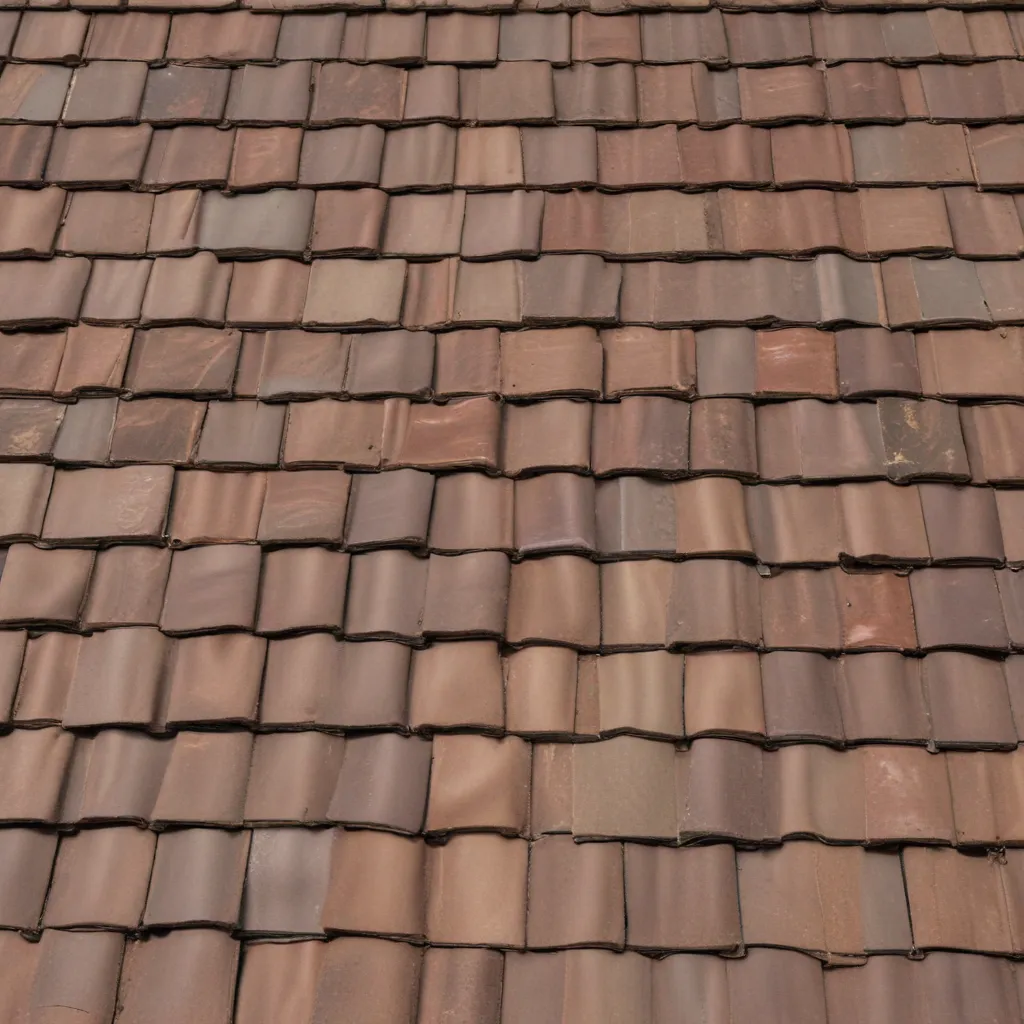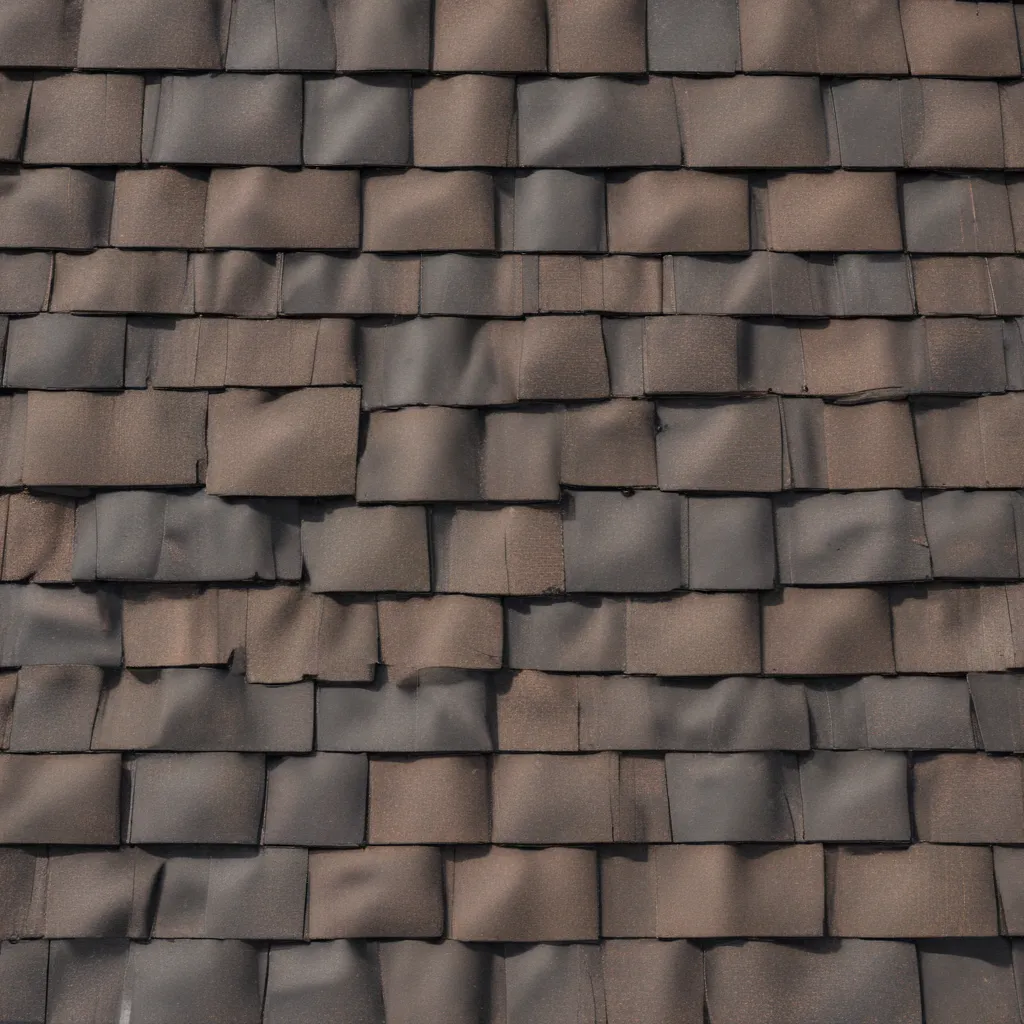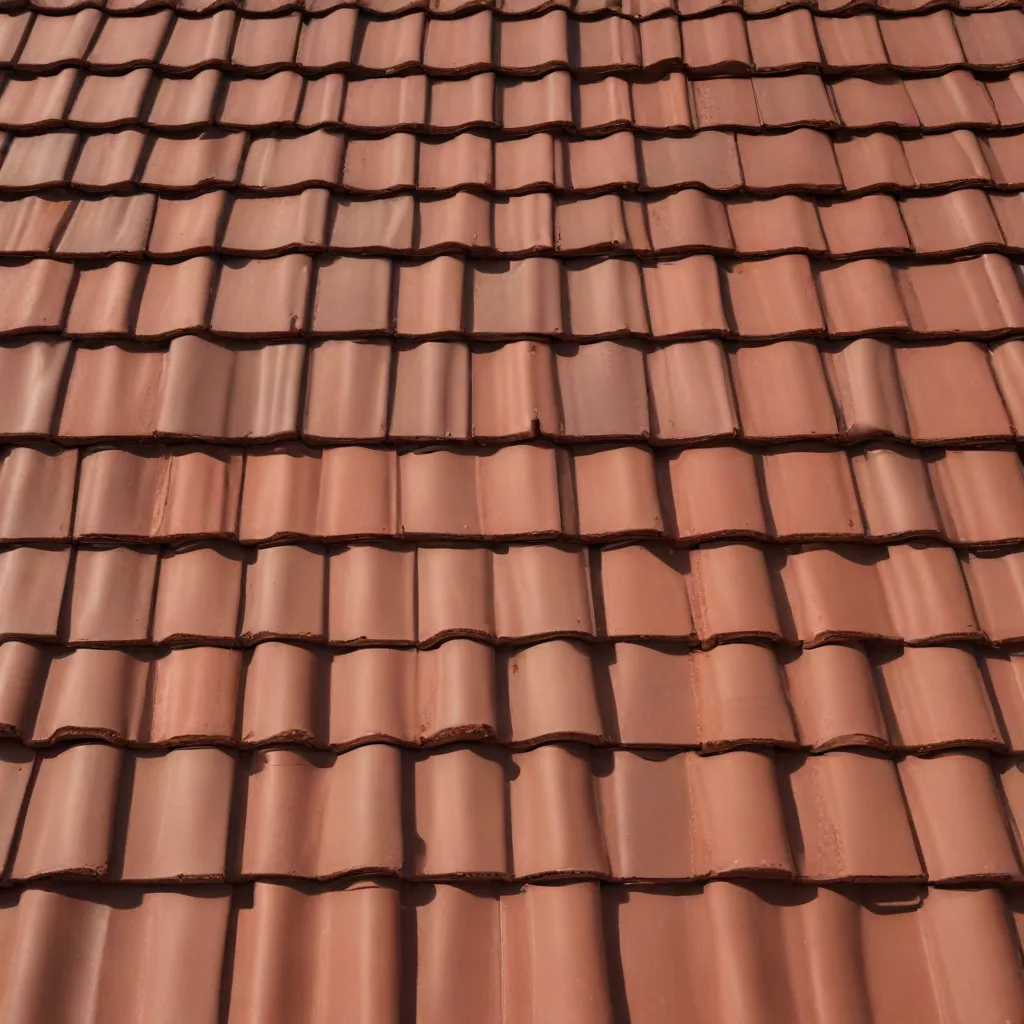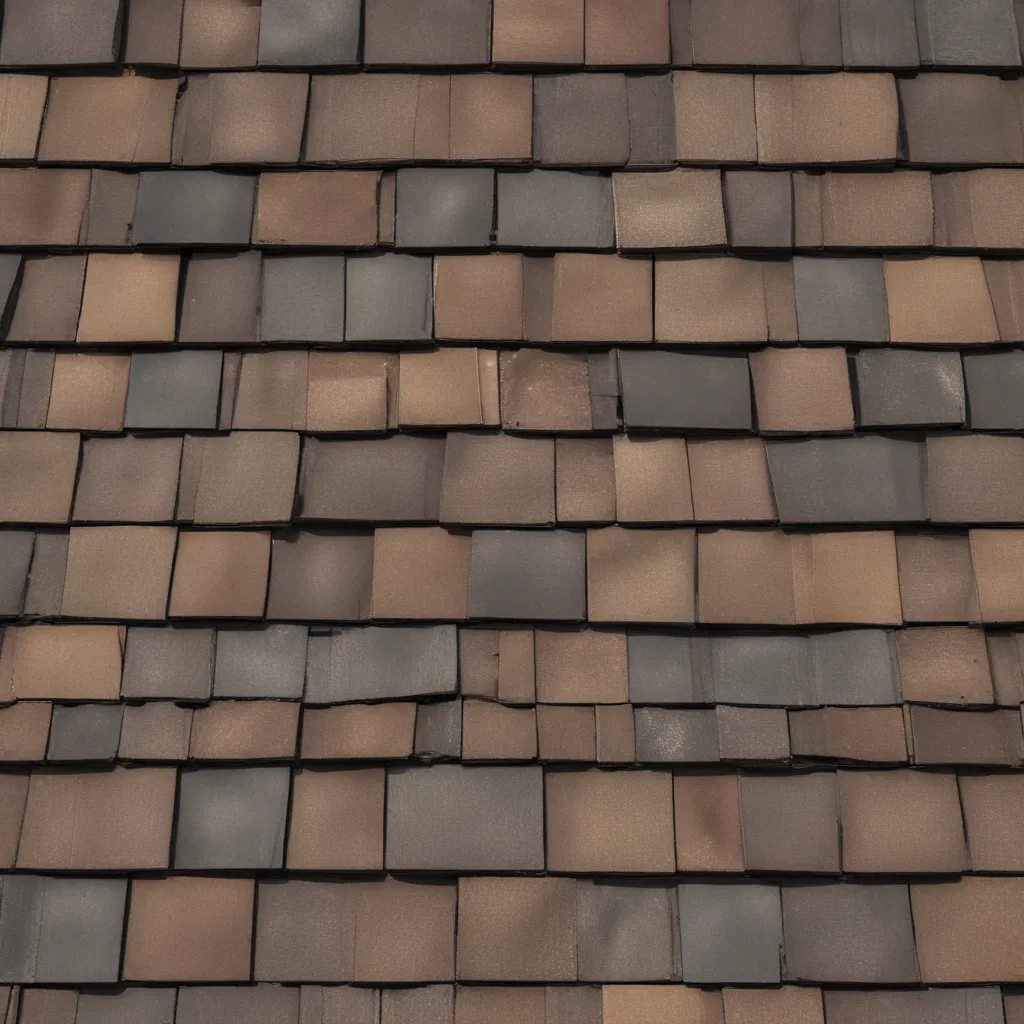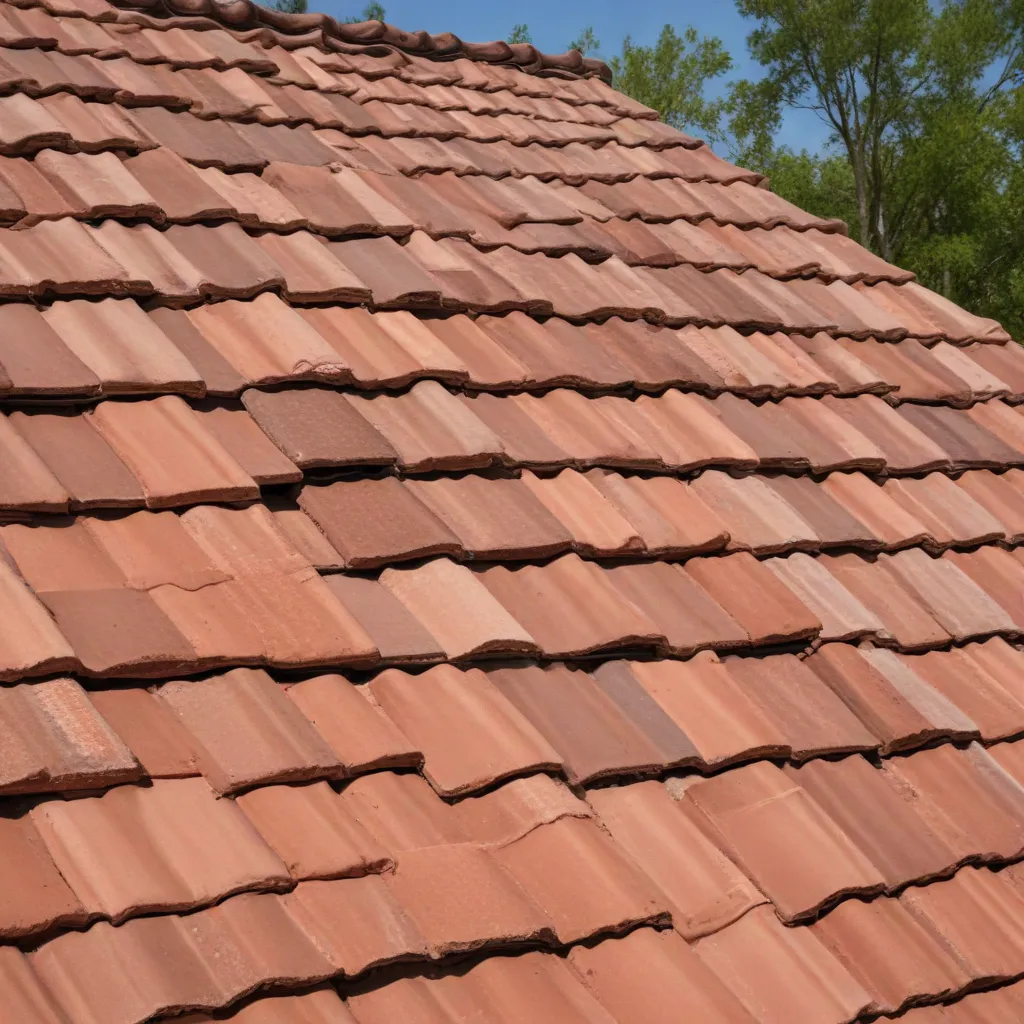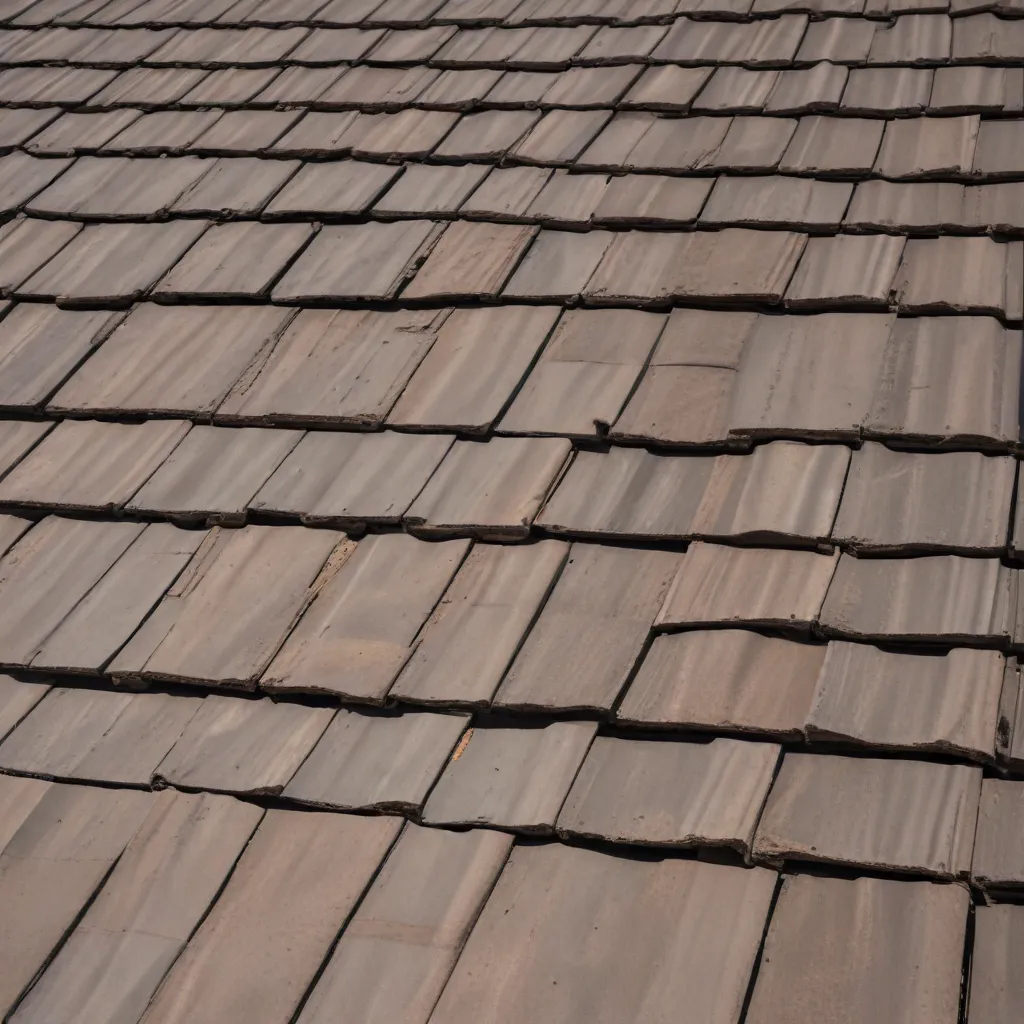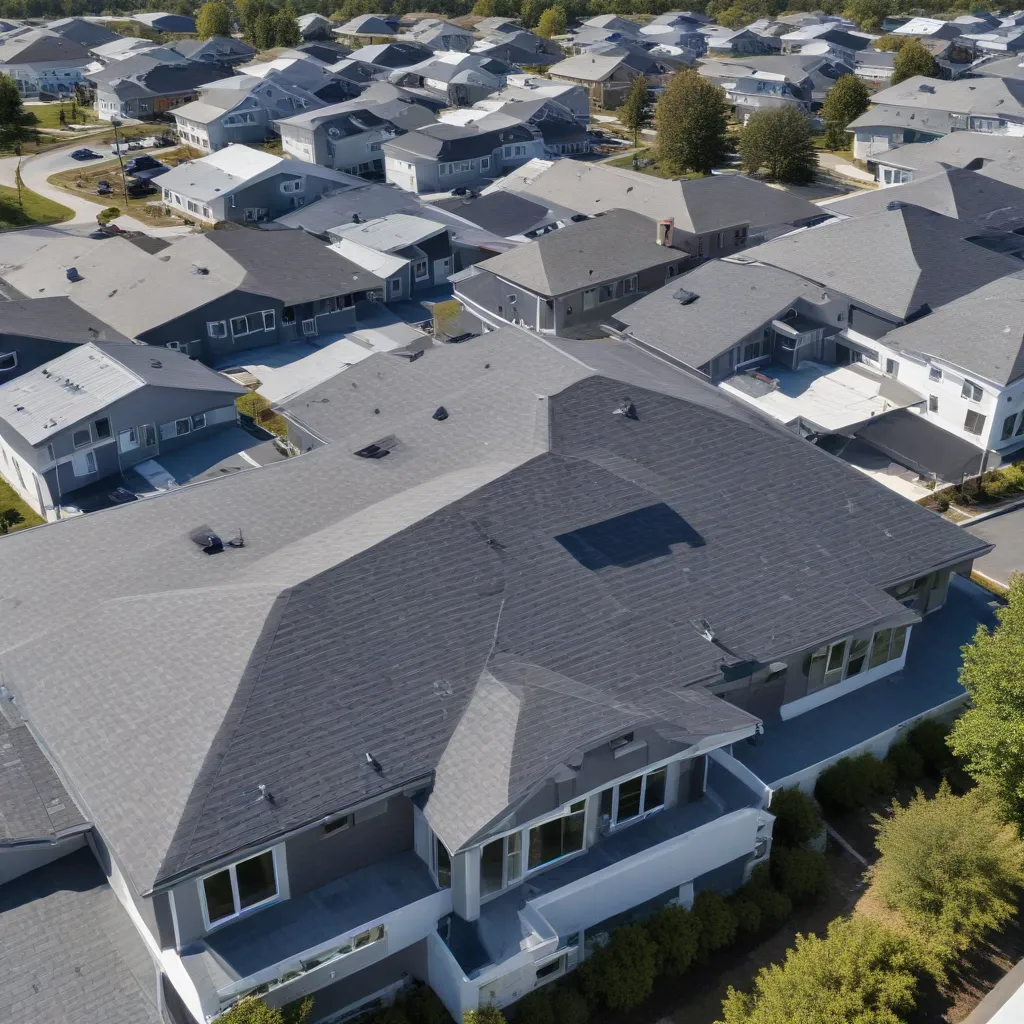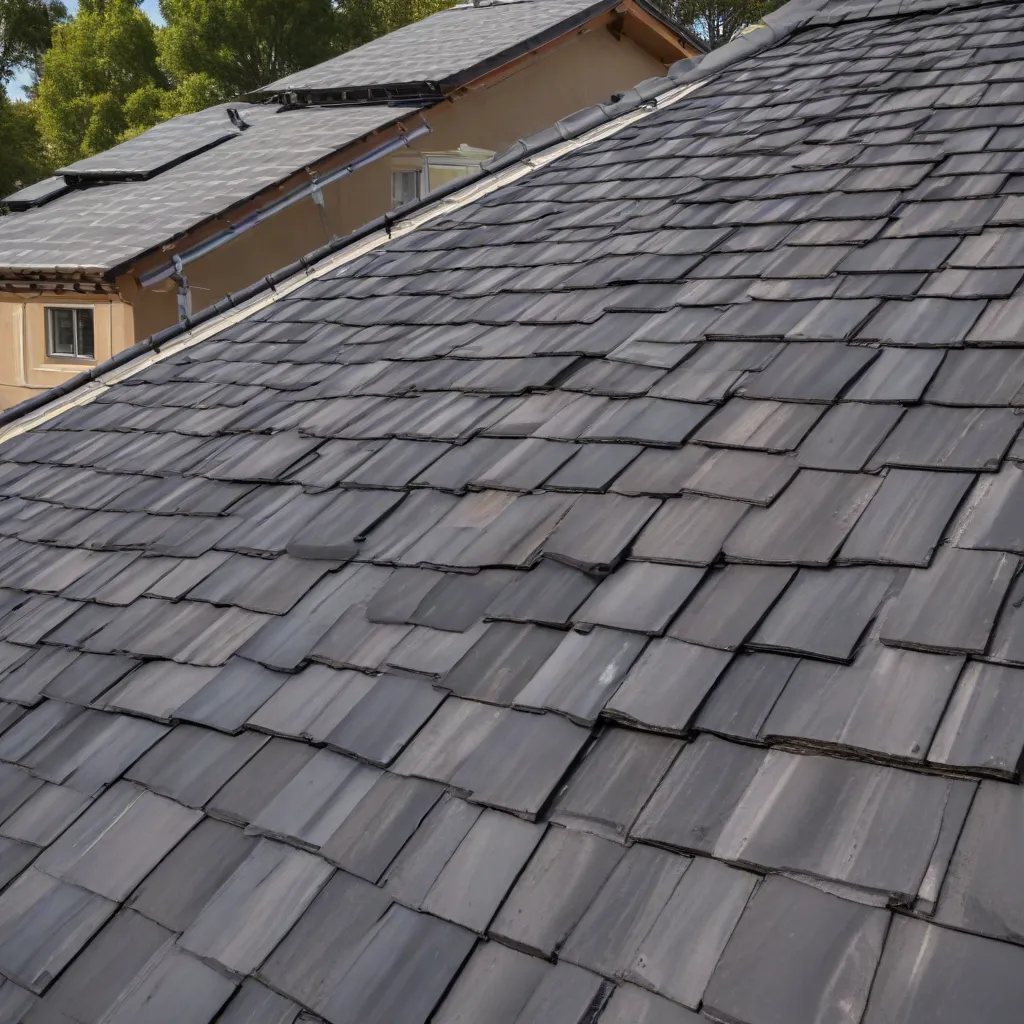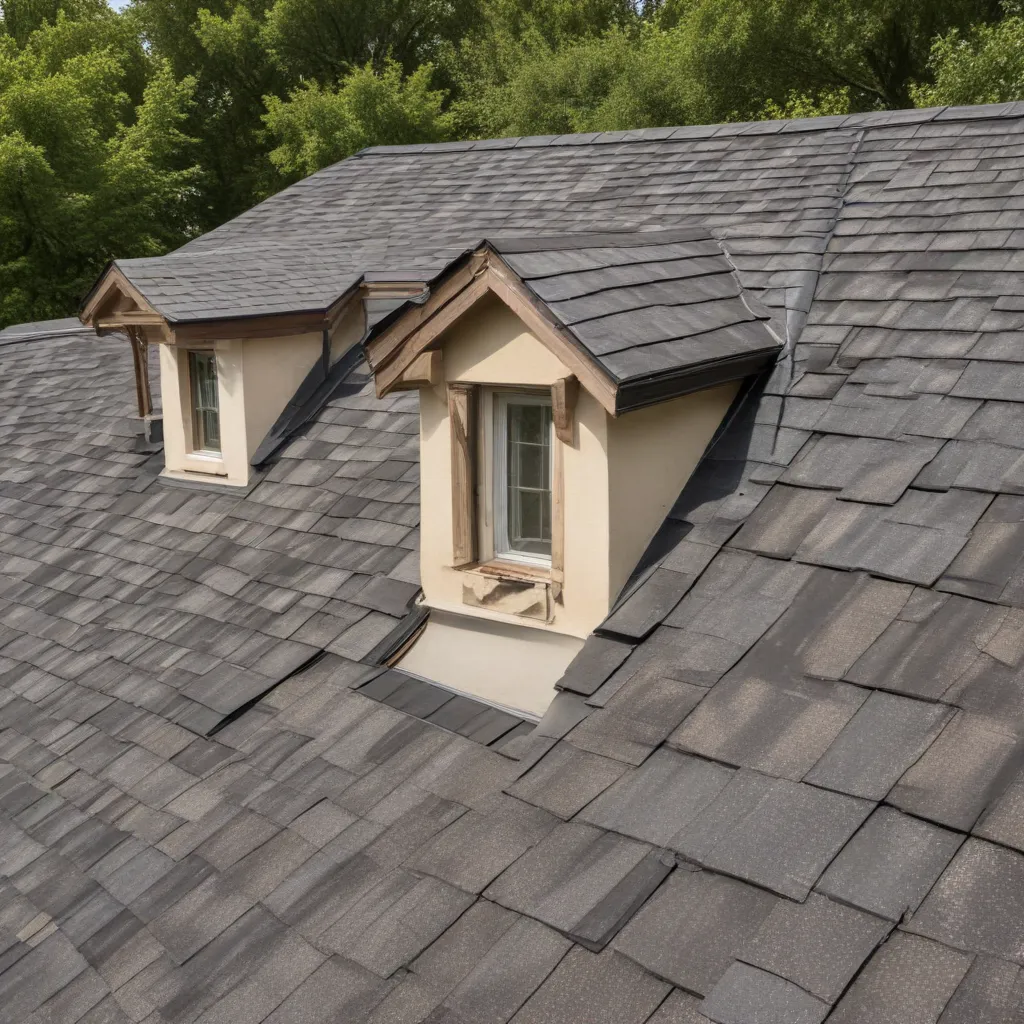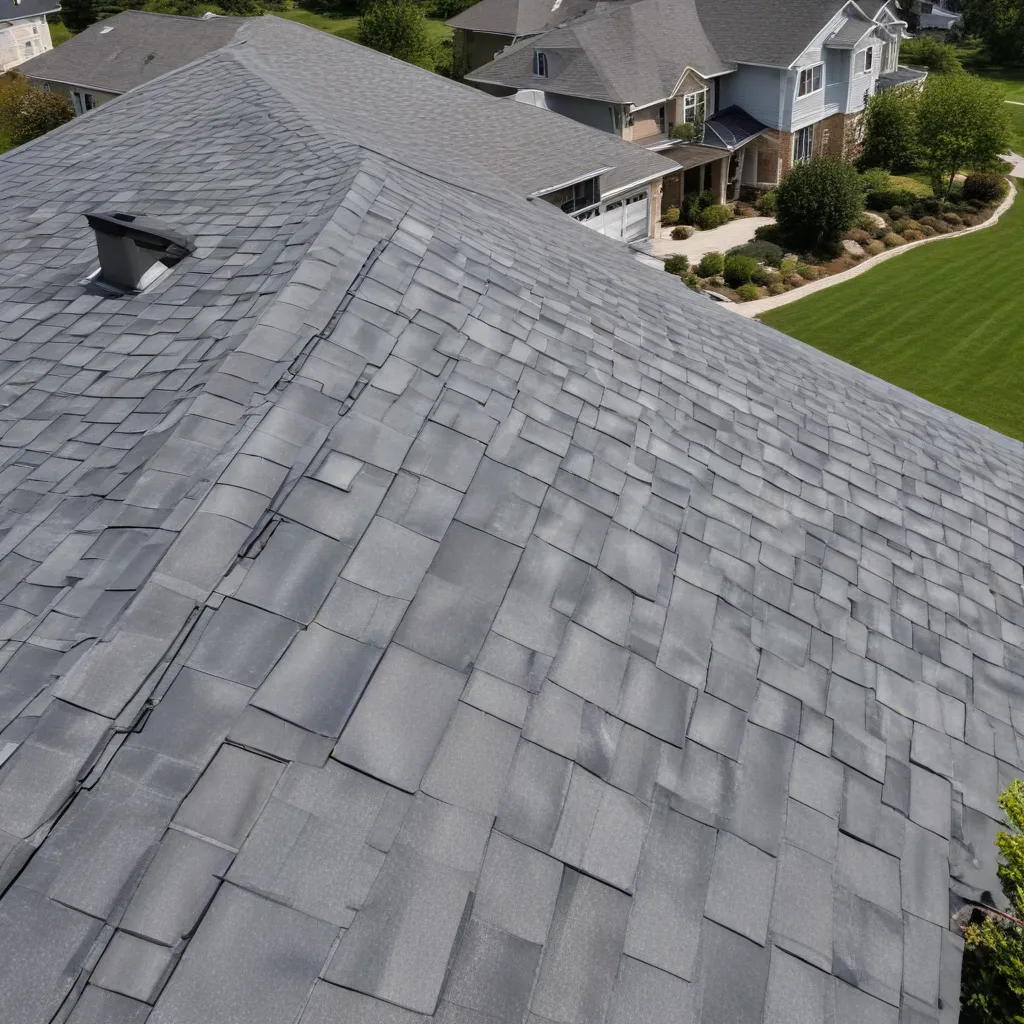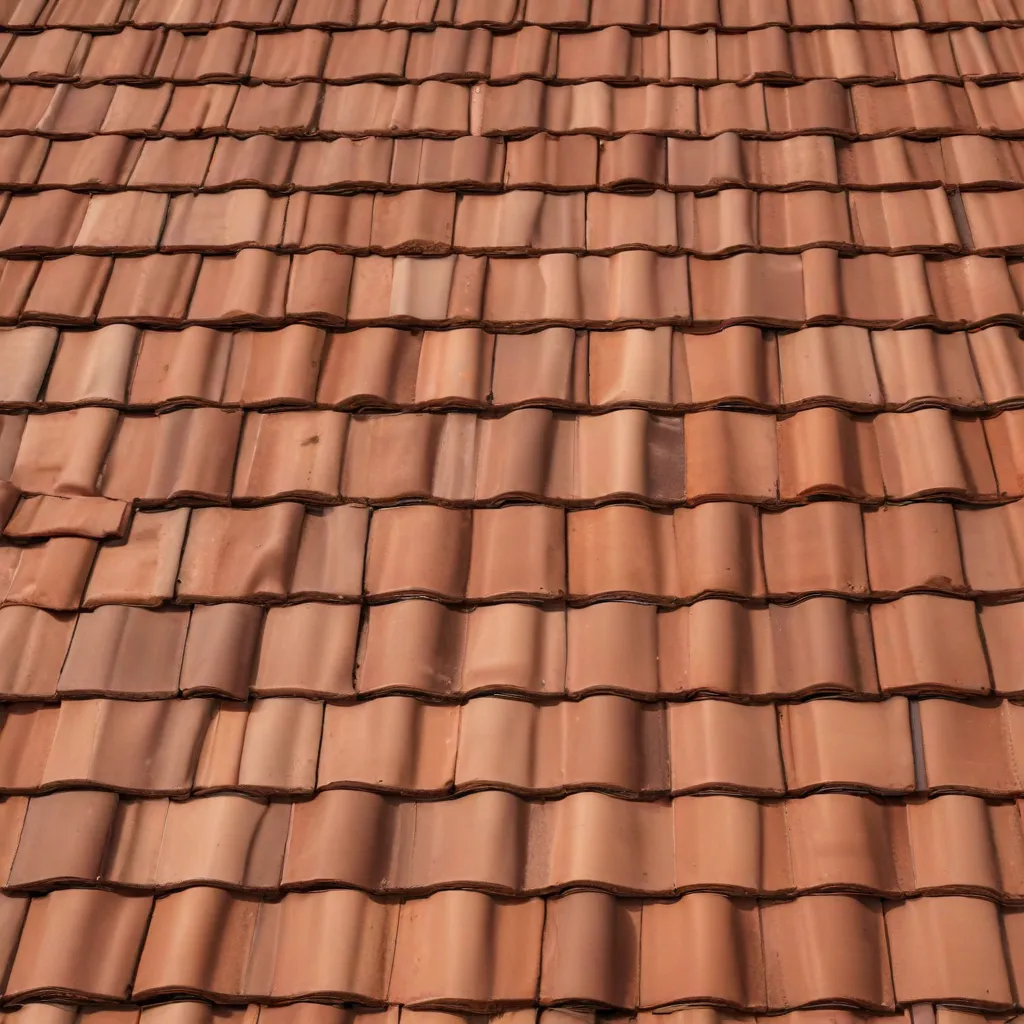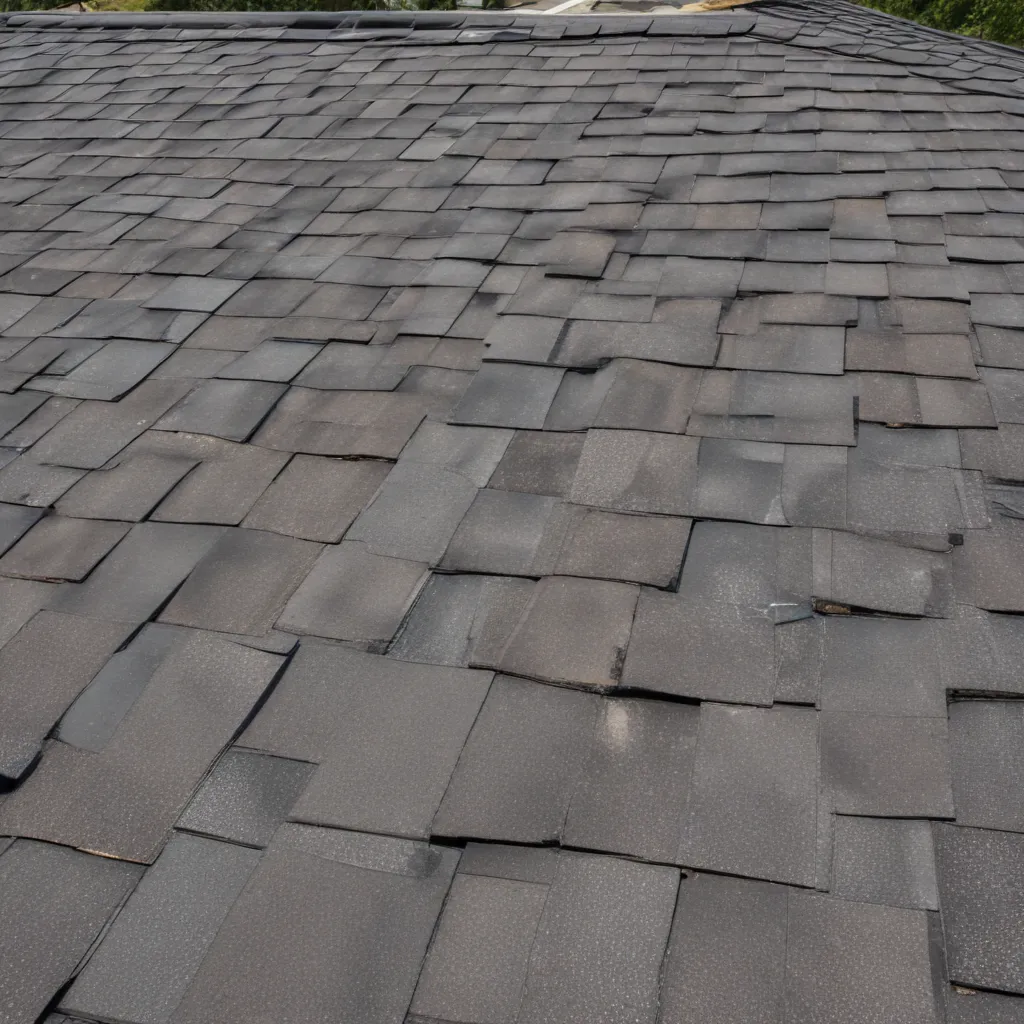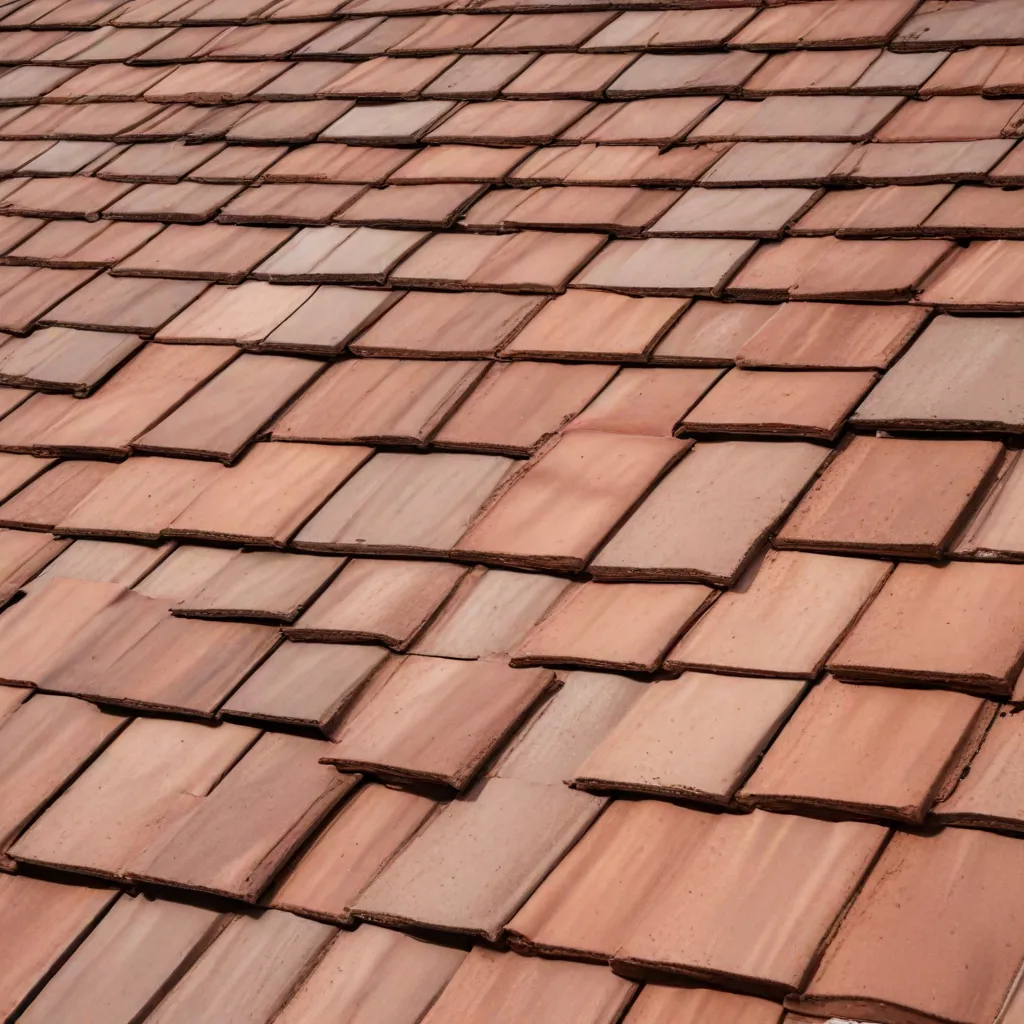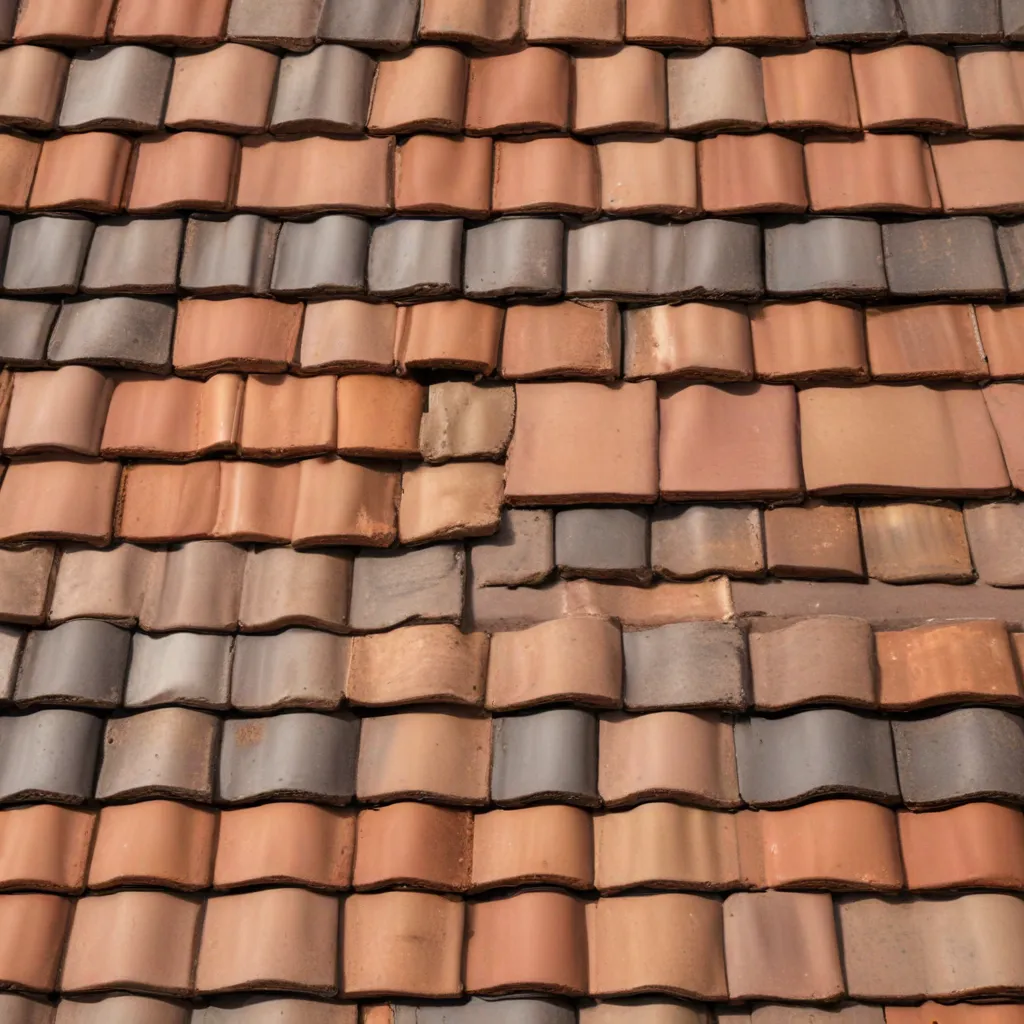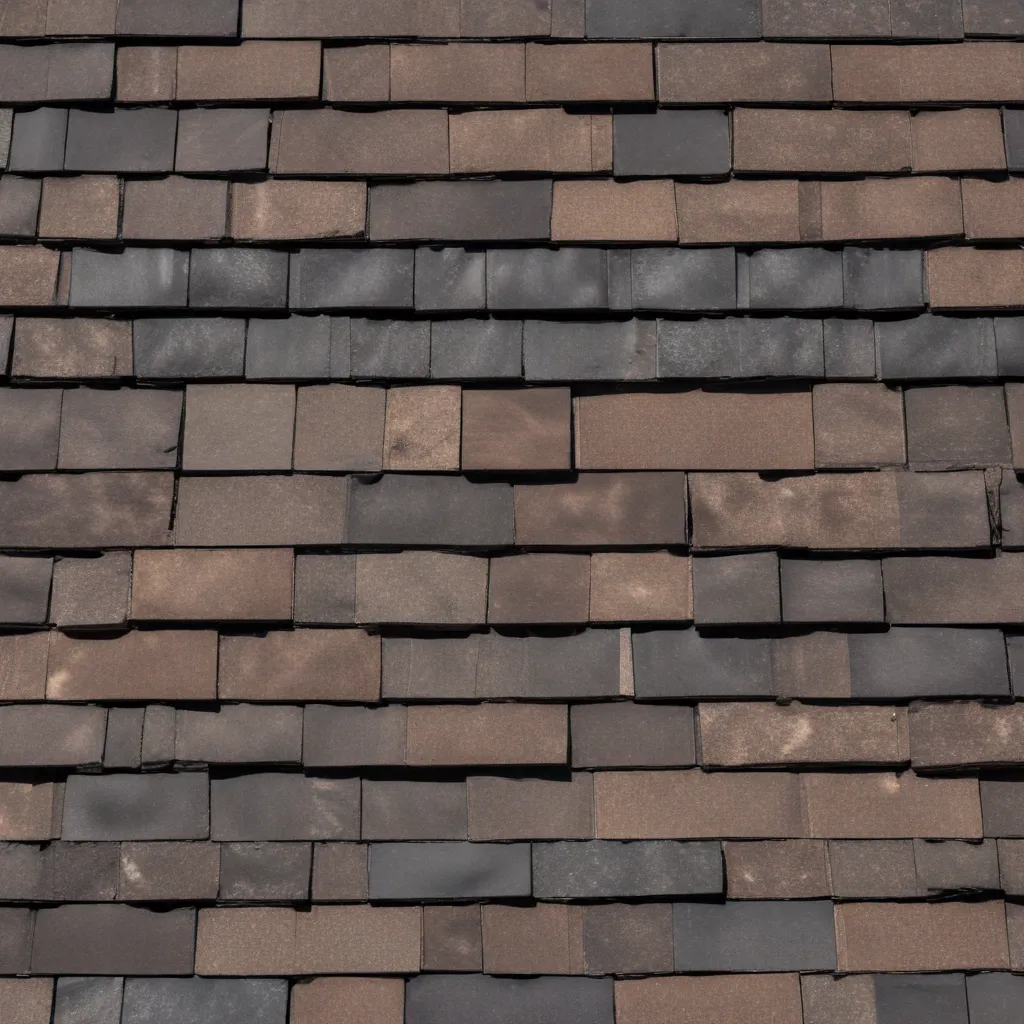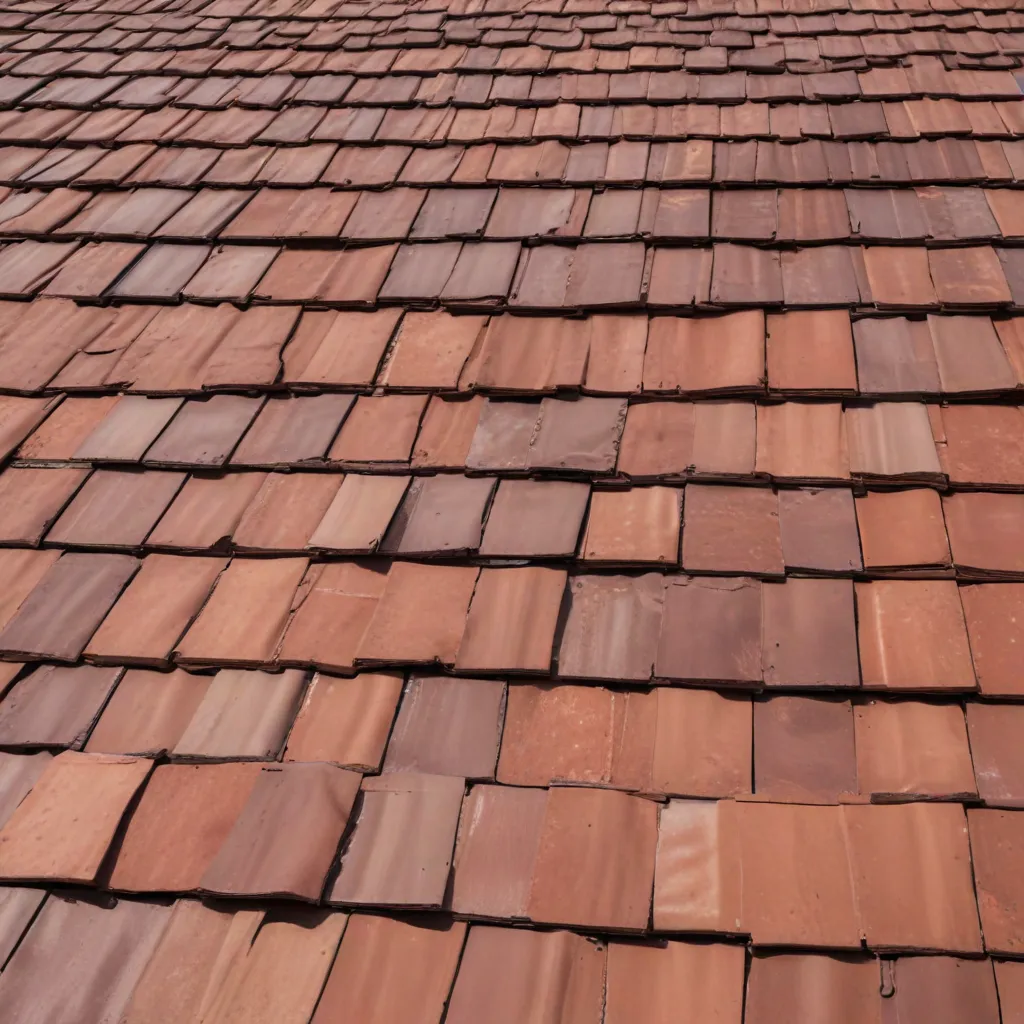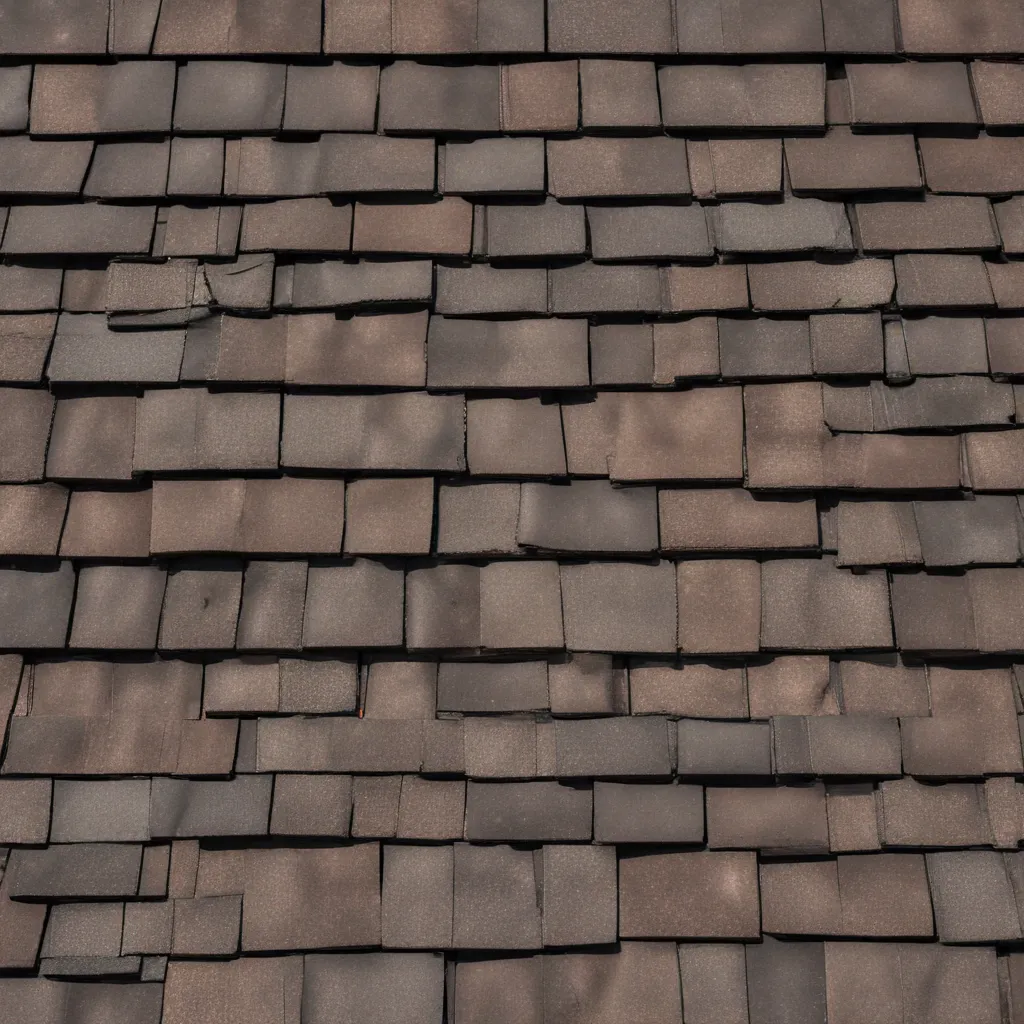
Composite Roofing Materials: Balancing Strength, Insulation, and Style
As the roofing industry continues to evolve, homeowners and building professionals are increasingly turning their attention to composite roofing materials – a category that blends innovative technologies with traditional aesthetics. These versatile solutions offer a compelling balance of strength, thermal performance, and design flexibility, making them a compelling choice for modern residential and commercial applications.
Roofing Material Properties
When evaluating roofing options, three key properties stand out as crucial considerations: strength, insulation capabilities, and aesthetic appeal. Composite roofing materials excel in addressing this trifecta of essential requirements.
Strength Considerations: Roofing systems must be able to withstand the rigors of the elements, from high winds and hail to the relentless march of time. Composite materials, often featuring a blend of reinforcing fibers, polymers, and metal components, deliver exceptional durability and structural integrity. This translates to enhanced resistance against physical damage, impact, and the gradual degradation that can plague less robust roofing options.
Insulation Capabilities: Energy efficiency has become a top priority for homeowners and building owners alike. Composite roofing materials excel in this regard, providing superior thermal performance that helps regulate indoor temperatures and reduce energy consumption. The multilayered construction of many composite roofs incorporates specialized insulating materials, effectively minimizing heat transfer and improving a building’s overall energy efficiency.
Aesthetic Appeal: The visual impact of a roof cannot be overstated. Composite roofing materials offer a versatile range of styles, textures, and color options, allowing seamless integration with various architectural designs. From the timeless elegance of slate-look composites to the rustic charm of wood-grain finishes, these materials empower homeowners and designers to achieve their aesthetic vision without sacrificing practical considerations.
Types of Composite Roofing
The composite roofing category encompasses several distinct material compositions, each with its own unique benefits and applications.
Fiber-Cement Composites: These roofing systems combine the strength and durability of cement with the versatility of reinforcing fibers, often including a blend of cellulose, wood pulp, or synthetic materials. Fiber-cement composites offer excellent resistance to fire, impact, and weathering, making them a popular choice in regions prone to natural disasters.
Plastic-Based Composites: Roofing solutions that incorporate thermoplastic or thermoset polymers, such as polyvinyl chloride (PVC) or polypropylene, provide a lightweight and highly customizable alternative. These composite materials can mimic the appearance of traditional roofing materials while offering enhanced impact resistance and low maintenance requirements.
Metal-Reinforced Composites: Combining the structural integrity of metal with the design flexibility of composite materials, these roofing systems often feature a metal core encased in a protective polymer shell. The result is a product that marries the longevity and strength of metal with the aesthetic versatility of a composite finish.
Composite Roofing Installation
Proper installation is crucial to the long-term performance and durability of any roofing system, and composite materials are no exception. Preparing the substrate, securing the materials, and implementing appropriate maintenance protocols are all essential steps in ensuring a successful composite roofing project.
Preparation and Substrate: Before installing composite roofing, the underlying roof deck must be thoroughly inspected and prepared. This may involve addressing any structural issues, ensuring proper ventilation, and applying the appropriate underlayment to create a stable, moisture-resistant foundation.
Attachment Methods: Composite roofing materials often require specialized fastening systems, such as concealed clips or interlocking panels, to secure them to the roof structure. The specific attachment method may vary depending on the manufacturer’s recommendations and local building code requirements.
Maintenance and Durability: Compared to traditional roofing materials, many composite systems require minimal maintenance. However, periodic inspections and the prompt addressing of any minor issues can help maximize the long-term durability and performance of the roof.
Comparative Performance
When evaluating the merits of composite roofing, it’s essential to consider its performance across several key metrics, including energy efficiency, weathering resistance, and life-cycle assessment.
Energy Efficiency: The thermal properties of composite roofing materials can contribute significantly to a building’s overall energy efficiency. Many composite systems incorporate specialized insulation layers or reflective coatings that help regulate indoor temperatures, reducing the strain on heating and cooling systems and leading to lower energy bills.
Weathering Resistance: Composite roofing materials are designed to withstand the rigors of the elements, from intense sun exposure to heavy rainfall and high winds. The robust construction and protective coatings of these systems can help safeguard a building against the damaging effects of weather, potentially minimizing the need for costly repairs or replacements over time.
Life-Cycle Assessment: When considering the environmental impact and sustainability of roofing materials, a comprehensive life-cycle assessment is crucial. Many composite roofing solutions boast impressive longevity, with some products offering warranties of 50 years or more. Additionally, the potential for recycling or repurposing composite materials at the end of their useful life can further enhance their environmental credentials.
Sustainability Factors
As sustainability becomes an increasingly pressing concern, the roofing industry has responded with a growing emphasis on eco-friendly solutions. Composite roofing materials are at the forefront of this movement, offering a range of sustainability-focused benefits.
Environmental Impact: The manufacturing processes and material composition of composite roofing systems are often designed to minimize their environmental footprint. This can include the use of recycled or renewable raw materials, as well as production methods that reduce energy consumption and greenhouse gas emissions.
Recycling Potential: Many composite roofing products are engineered with recyclability in mind. At the end of their service life, these materials can be reprocessed and reintegrated into new roofing or construction products, contributing to a more circular economy and reducing waste.
Life-Span Considerations: The exceptional durability and longevity of composite roofing systems can also be viewed through a sustainability lens. By extending the useful life of a roof, these materials can help minimize the natural resource consumption and waste associated with frequent roof replacements.
Design Flexibility
One of the standout features of composite roofing is its exceptional design flexibility, allowing homeowners and architects to tailor the aesthetic and functional attributes of the roof to their specific needs.
Customization Options: Composite roofing manufacturers offer a vast array of color, texture, and profile options, enabling homeowners and designers to create a unique, personalized look that complements the architectural style of the building. From traditional slate-like appearances to contemporary, metal-inspired finishes, the possibilities are truly extensive.
Integrated Systems: Composite roofing systems can be engineered to seamlessly integrate with other building components, such as solar panels, ventilation systems, or gutter solutions. This level of integration can enhance the overall functionality and performance of the roof while maintaining a cohesive, visually appealing design.
Architectural Integration: The versatility of composite roofing materials allows them to be seamlessly incorporated into a wide range of architectural styles, from historic Mediterranean-inspired homes to sleek, modern commercial buildings. This design flexibility helps ensure that the roof becomes an integral, harmonious element of the overall structure.
Regulatory Compliance
As the roofing industry continues to evolve, it is essential that composite roofing materials adhere to the latest building codes, energy efficiency standards, and sustainability certifications. This ensures that these products not only deliver high-performance but also meet the necessary regulatory requirements.
Building Code Requirements: Composite roofing systems must be carefully evaluated and approved to ensure compliance with local, state, and national building codes. These regulations address factors such as structural integrity, fire resistance, and wind uplift resistance, ensuring the safety and durability of the roof.
Energy Efficiency Standards: In an era of heightened focus on energy conservation, composite roofing materials are often designed to meet or exceed the requirements of programs like ENERGY STAR and the National Fenestration Rating Council (NFRC). These certifications demonstrate the roofing system’s ability to contribute to a building’s overall energy efficiency, helping homeowners and building owners save on utility costs.
Sustainability Certifications: Composite roofing products that prioritize environmental sustainability may earn recognized certifications, such as those from the Cradle to Cradle Products Innovation Institute or the U.S. Green Building Council’s LEED program. These accolades serve as a testament to the material’s eco-friendly attributes, further strengthening its appeal for environmentally conscious consumers.
As homeowners and building professionals navigate the ever-evolving roofing landscape, composite materials have emerged as a compelling choice that artfully balances strength, insulation, and aesthetic appeal. From fiber-cement and plastic-based composites to metal-reinforced systems, this versatile category of roofing solutions offers a multitude of benefits, including exceptional durability, energy efficiency, and design flexibility.
By considering the key properties, installation considerations, and performance metrics of composite roofing, stakeholders can make informed decisions that align with their specific needs and sustainability goals. Whether you’re seeking a long-lasting, low-maintenance roof or a customizable solution that enhances the visual appeal of your property, composite roofing materials provide a genuine and innovative approach to modern roofing. With a steadfast commitment to quality and a keen eye for emerging industry trends, Genuine Roof Systems is here to guide you through the process, ensuring your roofing investment delivers lasting value and protection for years to come.

